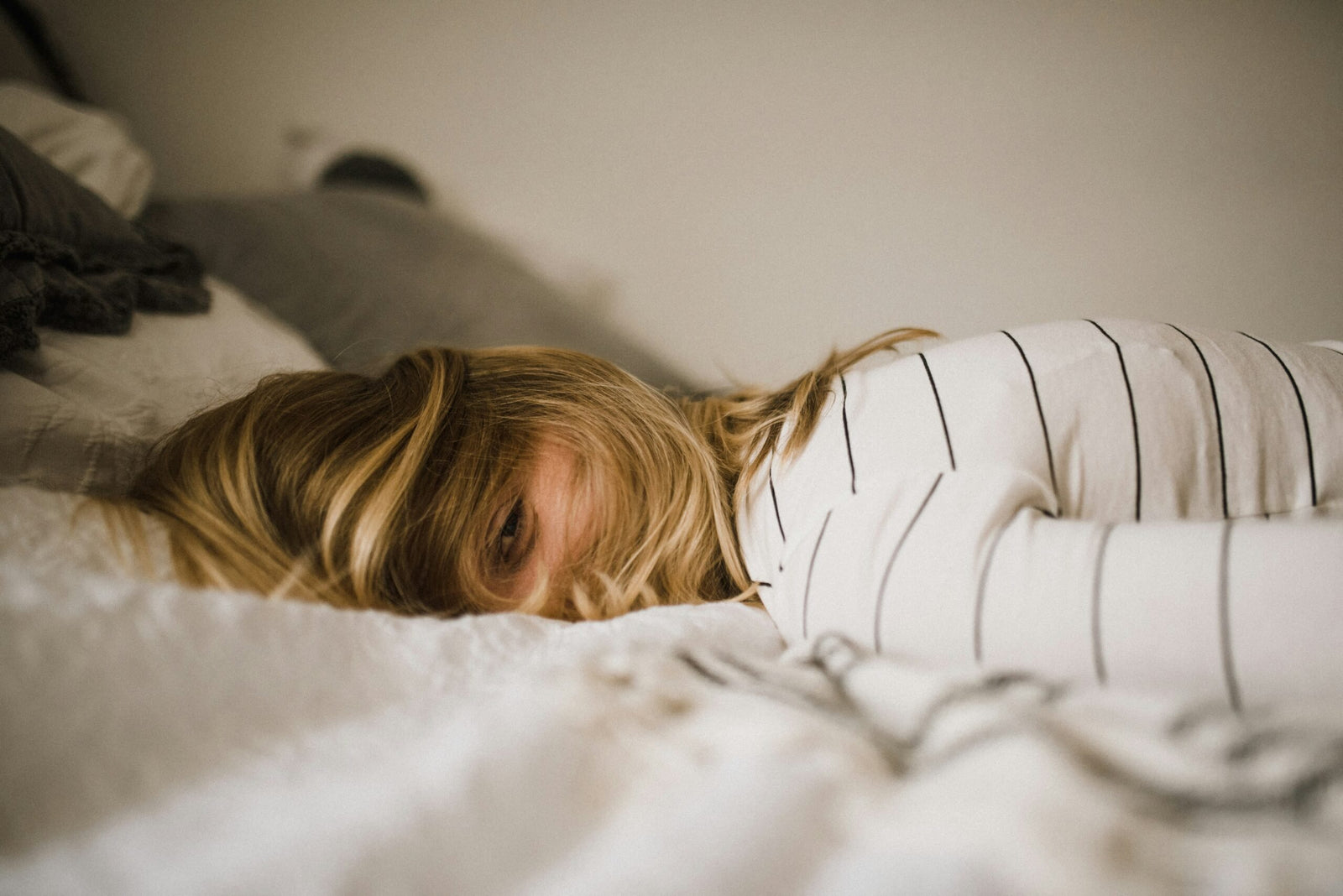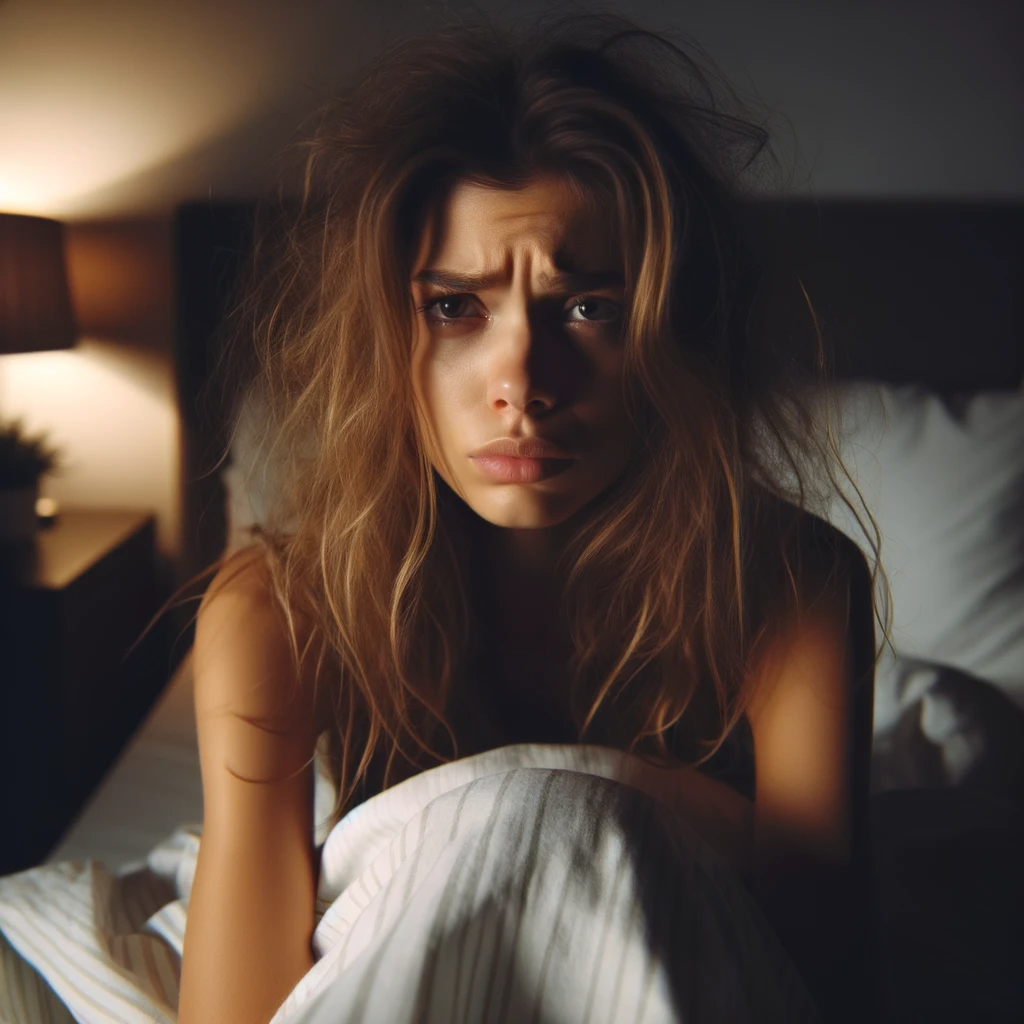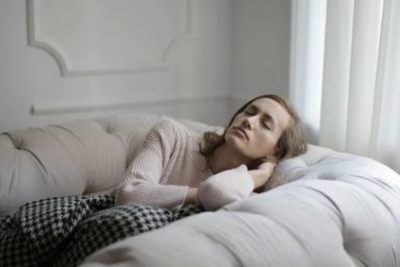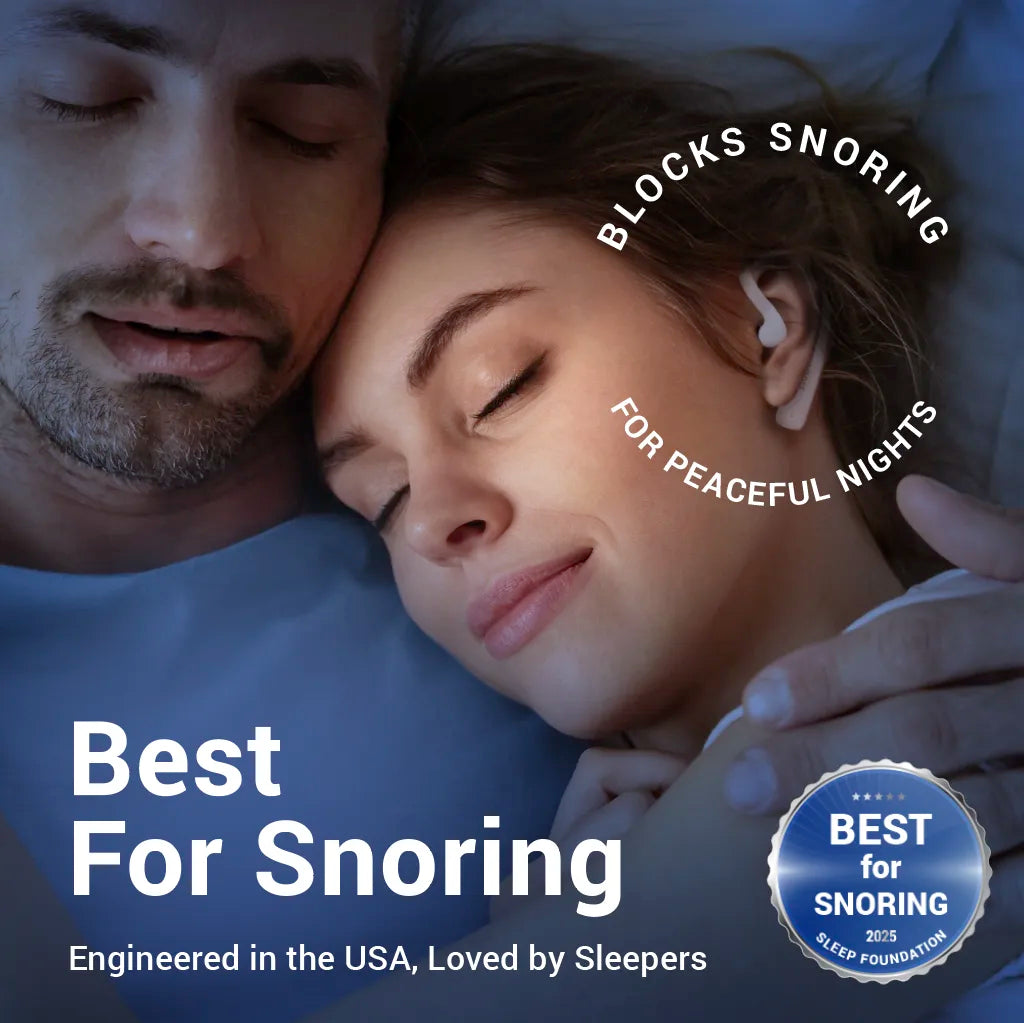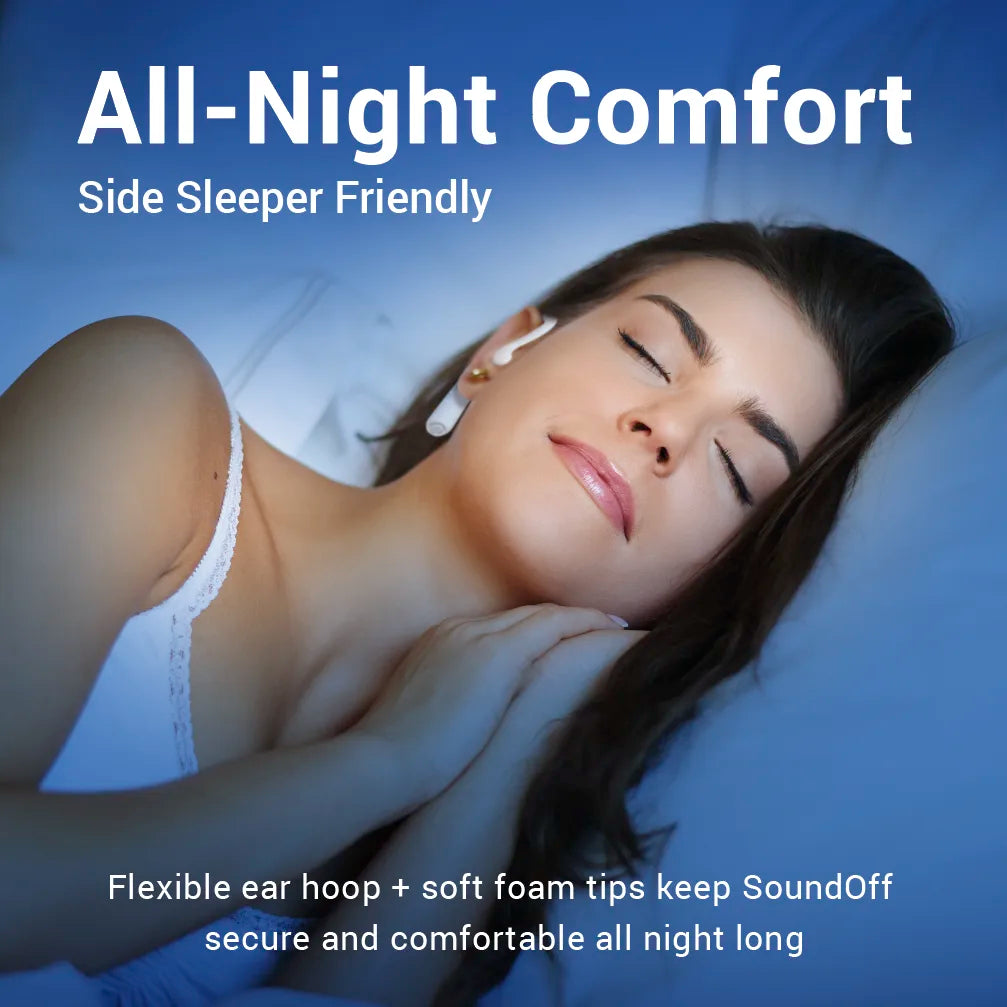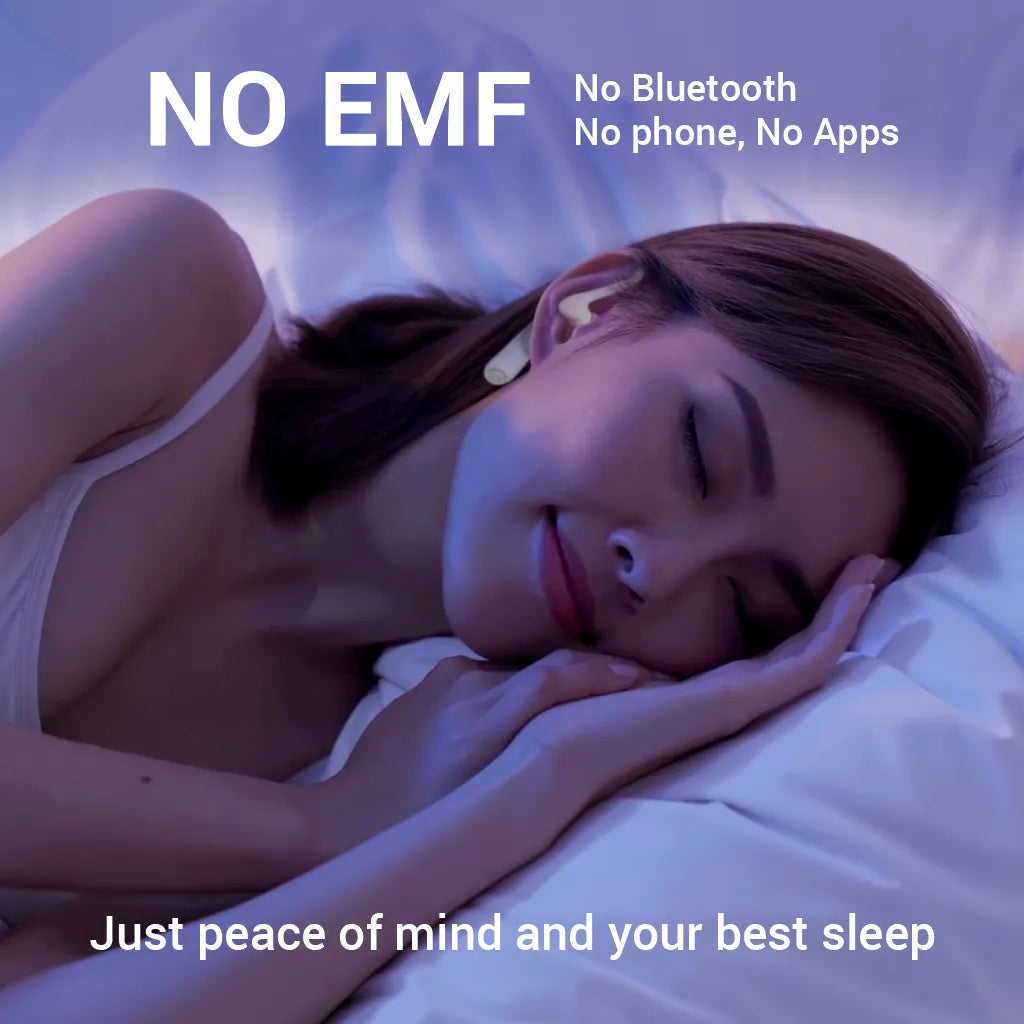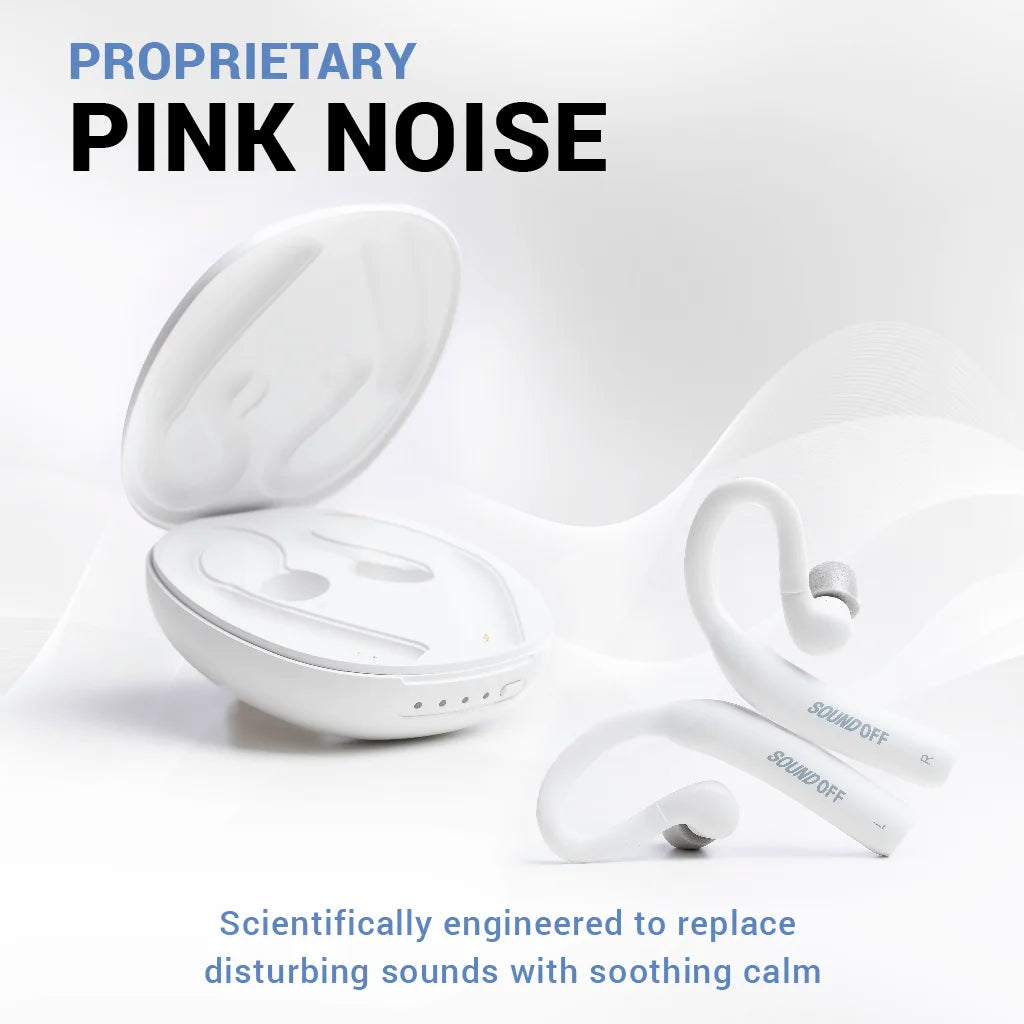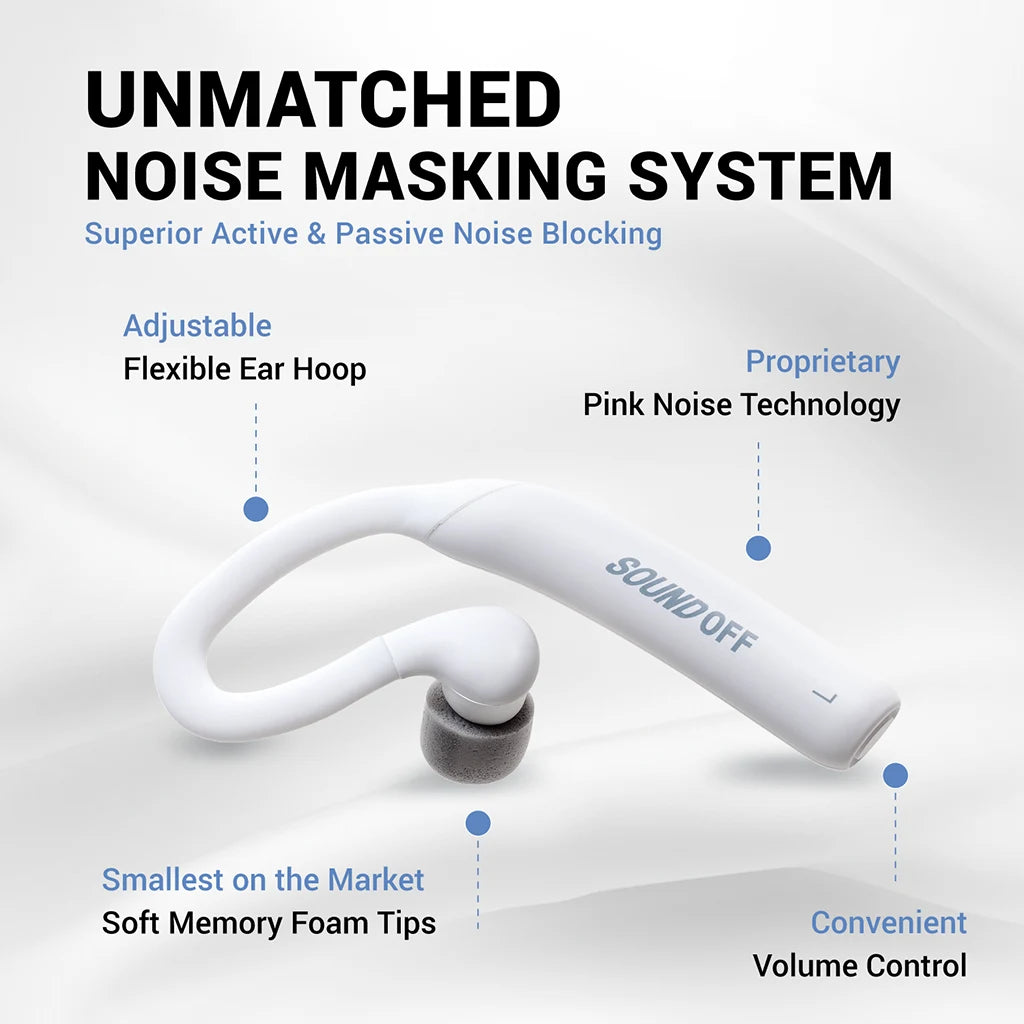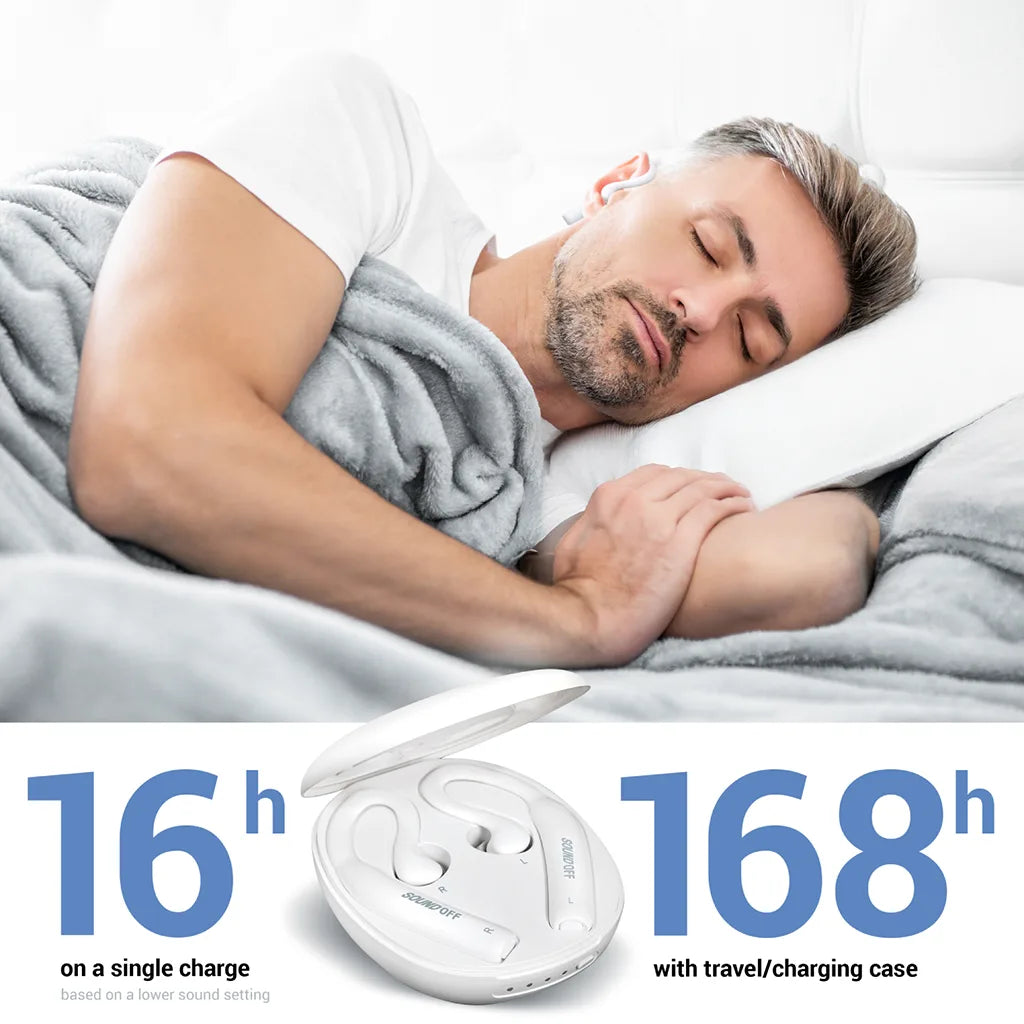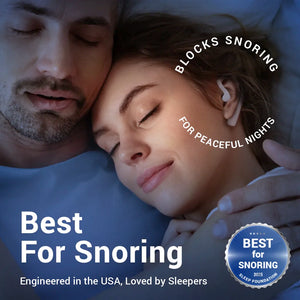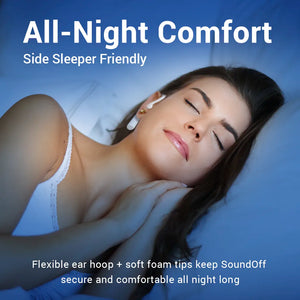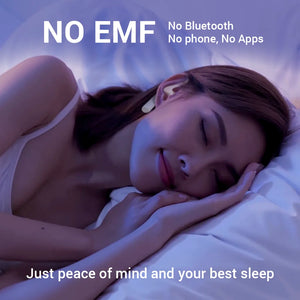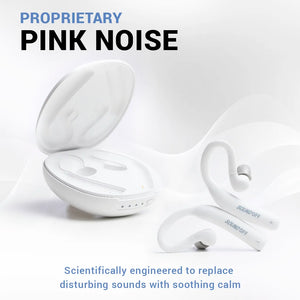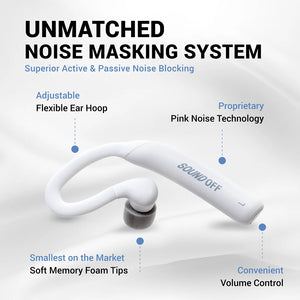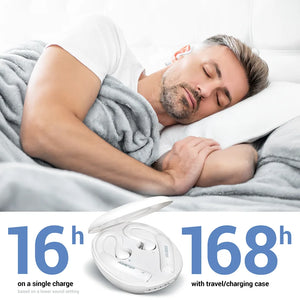
Table of Contents
- Exploring the Historical Context of Sleep Paralysis
- Global Folklore and Sleep Paralysis: A Diverse Perspective
- Recognizing Symptoms of Sleep Paralysis
- Causes of Sleep Paralysis: Who is at Risk?
- Diagnosing Sleep Paralysis: A Simple Process
- Managing Sleep Paralysis: Treatment Approaches
- Preventing Sleep Paralysis: Practical Strategies
- FAQ
Sleep paralysis is an intriguing phenomenon where one experiences a temporary inability to move or speak while falling asleep or upon waking. This condition, though often unsettling, poses no direct threat to your health or safety. Addressing stress, enhancing sleep routines, and managing any underlying health issues are effective strategies for mitigating sleep paralysis.
Key Moments When Sleep Paralysis Occurs:
- During the transition into sleep
- Shortly after dozing off
- As one awakens
The National Library of Medicine identifies that individuals typically encounter their first episode of sleep paralysis between 15 and 17 years of age. Sleep paralysis is a relatively widespread sleep issue. Studies suggest that it affects between 5% and 40% of the population at some point in their lives.
Frequently, sleep paralysis is observed alongside narcolepsy, a long-term sleep disorder characterized by excessive daytime sleepiness and abrupt sleep episodes. Nonetheless, sleep paralysis is not exclusive to those with narcolepsy and can occur in others as well.
Importantly, while sleep paralysis can be a disconcerting experience, it generally does not require medical treatment and is not considered dangerous.
Exploring the Historical Context of Sleep Paralysis
The concept of sleep paralysis has evolved significantly over time. Initially defined by Samuel Johnson in "A Dictionary of the English Language" as "nightmare," this term has since developed into what we now understand as sleep paralysis. British neurologist S.A.K. Wilson first used the term in its modern context in his 1928 dissertation, "The Narcolepsies."
A Scary History
Historically, sleep paralysis was often attributed to supernatural entities like demons or incubi, believed to oppress sleepers physically. The term "nightmare" itself stems from the Old English "mare" or "mære" (related to the Old Norse "mara"), linking to the concept of a tormenting creature, which is echoed in similar terms across different languages like Greek and Sanskrit.
Cultural Impact and Interpretations of Sleep Paralysis
Artistic representations, like Eugène Thivier's 1894 painting "Le Cauchemar" (The Nightmare), reflect the cultural significance of sleep paralysis. Though its core symptoms (such as atonia, clear awareness, and hallucinations) are universally recognized, cultural interpretations vary widely. Over 100 different terms have been identified globally for these experiences. Some researchers suggest that sleep paralysis could explain various paranormal and spiritual accounts, ranging from ghost sightings to alien abductions and demonic encounters.
Culture's Role in Shaping Sleep Paralysis Experiences
Cultural context significantly influences the perception and impact of sleep paralysis. For instance, in cultures where sleep paralysis is feared, this fear can intensify the experience, potentially leading to more severe episodes. This phenomenon is evident in Egypt, where elaborate beliefs about malevolent spirits, the jinn, correlate with longer and more intense experiences of sleep paralysis. In contrast, in Denmark, where sleep paralysis is generally viewed as a peculiar physiological occurrence, episodes are typically shorter, and the fear of death during an episode is considerably less common. This cultural dichotomy highlights the profound effect of cultural beliefs on the experience and interpretation of sleep paralysis.

Global Folklore
Sleep paralysis, a condition marked by the inability to move or speak during the transition between sleep and wakefulness, is interpreted through various cultural lenses worldwide. Often attributed to malevolent supernatural beings, this phenomenon is known by different names and has spawned a rich tapestry of folklore across cultures.
American Perspective:
In the United States, some interpretations of sleep paralysis include alien abductions, highlighting a modern, extraterrestrial twist to this age-old phenomenon.
Albanian Folklore:
Beliefs In Albania, the phenomenon is linked to a male spirit named Mokthi, who wears a golden fez hat and typically appears to weary or distressed women. Mokthi, meaning "Nightmare" in Albanian, is believed to immobilize his victims. Legends suggest that capturing his hat grants a wish, but also invites frequent, albeit harmless, visits. Protection against Mokthi is sought through talismans or placing a husband's hat near the pillow.
Bengali Folklore:
Bengali culture ascribes sleep paralysis to a supernatural entity called Boba, described as a strangling force experienced when one sleeps on their back. Referred to as Bobay Dhora, this phenomenon is deeply rooted in regional folklore.
Cambodian Folklore:
In Cambodia, sleep paralysis is often seen as dangerous visitations from deceased relatives, colloquially termed as "the ghost pushes you down."
Egyptian Folklore:
Egyptians typically view sleep paralysis as a horrifying attack by a jinn, a type of supernatural creature capable of causing harm or even death.
Italian Folklore:
Italy presents a myriad of interpretations, varying from region to region. Entities like the Pandafeche in Marche and Abruzzo, the Ammuntadore in Sardinia, and the Trud in Tyrol are described as malevolent beings that sit on the victim's chest, inducing nightmares or breathlessness. Protective measures include keeping a bag of sand or beans (to distract witches), making the sign of the Cross, or capturing the sprite for a treasure's location. These beings are known by different names across various Italian regions, embodying local fears and beliefs.
Newfoundland Folklore:
The Old Hag In Newfoundland, the phenomenon is termed as the Old Hag, where victims are "hag-ridden." The Old Hag, irrespective of gender, is believed to sit on the victim's chest, rendering them immobile and speechless. Remedies range from sleeping with a Bible to using a nail-embedded Hag Board.
Nigerian Folklore:
Nigeria, with its diverse culture and belief systems, presents a variety of explanations for sleep paralysis, reflecting its rich cultural mosaic.
These diverse cultural interpretations of sleep paralysis not only illustrate the condition's ubiquity but also reflect the profound impact of cultural beliefs and folklore on understanding natural phenomena. Each culture adapts the experience of sleep paralysis to its unique set of myths, legends, and supernatural entities, providing a fascinating window into the human psyche and the ways in which different societies grapple with the mysteries of the human experience.
Recognizing Symptoms of Sleep Paralysis
Understanding the symptoms of sleep paralysis is crucial as it is not a medical emergency but can be disconcerting. The primary symptom is an inability to move or speak during an episode, which typically lasts from a few seconds to two minutes.
Common Experiences During Sleep Paralysis Include:
- A sensation of being pressed down
- The feeling of an unseen presence in the room
- Intense fear
- Hypnagogic and hypnopompic experiences (HHEs), which are hallucinatory episodes occurring at the onset or cessation of sleep
- Additional Symptoms May Comprise:
- Difficulty in breathing
- A sense of impending doom
- Sweating
- Muscle pains
- Headaches
- Feelings of paranoia
Resolution of Episodes: Sleep paralysis usually resolves spontaneously or can end when someone else intervenes by touching or moving the affected person.
Awareness and Memory: Individuals may be conscious during the episode and often remember the details after the paralysis subsides.
In some infrequent cases, people may experience dreamlike hallucinations that are frightening or anxiety-inducing. However, it's important to note that these hallucinations, while vivid and sometimes unsettling, are generally harmless.
Causes of Sleep Paralysis: Who is at Risk?
Sleep paralysis can occur in individuals of any age, but certain groups are more susceptible. This condition is often linked to a misalignment between the mind and body during sleep phases.
Key Risk Factors Include:
- Insomnia: Difficulty in falling or staying asleep
- Narcolepsy: A condition causing excessive daytime sleepiness and sudden sleep attacks
- Anxiety disorders: Including generalized anxiety, panic disorder, and others
- Major depression: A mood disorder characterized by persistent sadness and loss of interest
- Bipolar disorder: A mental health condition causing extreme mood swings
- Post-traumatic stress disorder (PTSD): A condition triggered by witnessing or experiencing a traumatic event
Other Contributing Factors:
- Poor sleep hygiene, such as irregular sleep patterns and an uncomfortable sleep environment
- Sleep disorders like sleep apnea, which disrupts normal sleep
- Irregular sleep schedules due to shift work or jet lag
- Genetic Factors and Sleep Position:
- In rare instances, sleep paralysis may appear to be familial, though scientific evidence of heredity is unclear
- Sleeping on the back might increase the likelihood of experiencing sleep paralysis
- A lack of sufficient sleep also heightens the risk
Understanding these factors can help in recognizing and potentially mitigating the risk of sleep paralysis episodes.

Diagnosing Sleep Paralysis: A Simple Process
Diagnosing sleep paralysis typically does not require medical tests. The process mainly involves a consultation with your doctor, where they'll inquire about your sleep habits and medical history. To gain more insight, your doctor might ask you to maintain a sleep diary, noting down any occurrences and experiences related to sleep paralysis.
In certain situations, particularly if sleep paralysis is significantly disrupting your sleep, your doctor may suggest an overnight sleep study. This study monitors your brain waves and breathing patterns while you sleep, providing a deeper understanding of your sleep health and the potential causes of the paralysis episodes.
Managing Sleep Paralysis: Treatment Approaches
While sleep paralysis typically resolves quickly without causing physical harm, it can be a distressing experience. Treatment is usually not necessary for isolated sleep paralysis incidents, but it becomes important when accompanied by narcolepsy, particularly if it impacts daily life.
Treatment Options:
- Medications: For narcolepsy-related sleep paralysis, doctors may prescribe stimulants to aid in staying awake or selective serotonin reuptake inhibitors (SSRIs) like fluoxetine (Prozac) to manage associated symptoms.
- Sleep Study: A polysomnography may be recommended to diagnose sleep paralysis in conjunction with narcolepsy. This overnight test, conducted in a hospital or sleep center, involves placing electrodes on the chin, scalp, and eyelids to monitor muscle and brain activity, breathing, and heart rate. Movements may also be recorded via camera.
Improving Sleep Hygiene:
- Avoid blue light exposure before bedtime to promote better sleep quality.
- Maintain a cooler room temperature for a conducive sleep environment.
- Use SoundOff Sleep Earbuds to help you fall asleep and stay asleep.
These routines are crucial in enhancing sleep quality and potentially reducing the frequency or severity of sleep paralysis episodes. By following these guidelines and seeking medical advice when necessary, individuals can manage and alleviate the impact of sleep paralysis on their lives.
Mitigating Sleep Paralysis: Practical Strategies
To reduce the occurrence or intensity of sleep paralysis, consider implementing these lifestyle changes:
- Stress Reduction: Engage in activities or practices that help lower your stress levels.
- Exercise: Regular physical activity is beneficial, but avoid strenuous exercises close to bedtime.
- Adequate Sleep: Ensure you get enough rest daily.
- Consistent Sleep Schedule: Stick to a regular sleeping pattern to regulate your body's clock.
- Medication Management: Be aware of the medications you're taking. Understand their side effects and interactions, as some can contribute to sleep paralysis.
- Sleep Position: Try to sleep on your side instead of on your back, as the latter can sometimes trigger sleep paralysis.
Additional Preventive Measures:
- Therapy and Trauma Counseling: These can be especially helpful if sleep paralysis episodes are linked to mental health issues.
- Relaxation Techniques: Yoga and breathing exercises can enhance your control over your body and improve sleep quality.
- Antidepressants: If you suffer from anxiety or depression, these medications can reduce the frequency of sleep paralysis by limiting dream activity.
Incorporating these habits and treatments into your routine can significantly decrease the likelihood of experiencing sleep paralysis.
Key Takeaway
Sleep paralysis, a prevalent yet non-threatening condition, can be distressing and disruptive. If it's adversely impacting your sleep quality or causing significant distress, it's advisable to consult a doctor for appropriate guidance and treatment.
FAQ
-
What is Sleep Paralysis?
- Sleep paralysis is a condition where a person experiences a temporary inability to move or speak while transitioning between sleeping and waking. It's not harmful but can be unsettling.
-
Who is Most at Risk for Sleep Paralysis?
- Individuals with insomnia, narcolepsy, anxiety disorders, major depression, bipolar disorder, or PTSD are at increased risk. Disrupted sleep schedules, such as from jet lag or shift work, can also contribute.
-
How is Sleep Paralysis Related to Narcolepsy?
- Sleep paralysis often occurs alongside narcolepsy, a sleep disorder characterized by excessive daytime sleepiness and sudden sleep attacks.
-
How Do Cultural Beliefs Influence Perceptions of Sleep Paralysis?
- Cultural beliefs greatly influence how sleep paralysis is perceived and experienced. Different cultures have various myths and supernatural explanations for it.
-
What Are Historical Interpretations of Sleep Paralysis?
- Historically, sleep paralysis was often attributed to supernatural causes like demons or malevolent spirits, varying significantly across cultures.
-
How is Sleep Paralysis Diagnosed?
- Diagnosis typically involves discussing sleep patterns and medical history with a doctor. In some cases, a sleep diary or overnight sleep study may be recommended.
-
What Are the Treatment Options for Sleep Paralysis?
- Treatment isn't usually necessary unless it's frequent or linked to narcolepsy. In such cases, medications like SSRIs or stimulants and improving sleep hygiene may help.
-
Can Lifestyle Changes Prevent Sleep Paralysis?
- Yes, reducing stress, regular exercise (but not close to bedtime), maintaining a regular sleep schedule, and sleeping on your side can help prevent sleep paralysis.
-
Is Sleep Paralysis Dangerous?
- No, sleep paralysis isn't dangerous. It can be frightening but doesn't cause physical harm and typically resolves within minutes.
-
When Should You See a Doctor for Sleep Paralysis?
- If sleep paralysis is causing significant distress, affecting sleep quality, or if you suspect it's linked to another condition like narcolepsy, it's advisable to consult a doctor.
Sources:
https://en.wikipedia.org/wiki/Sleep_paralysis
https://my.clevelandclinic.org/health/diseases/21974-sleep-paralysis

